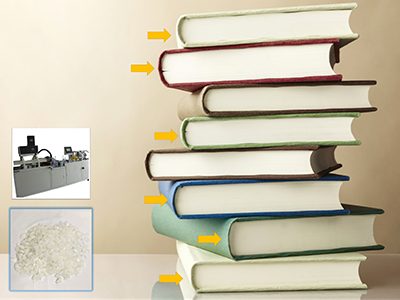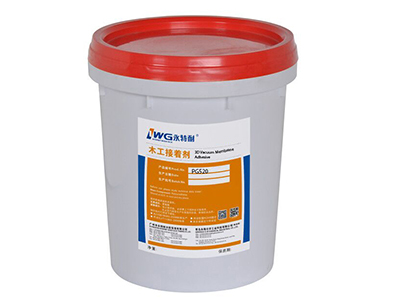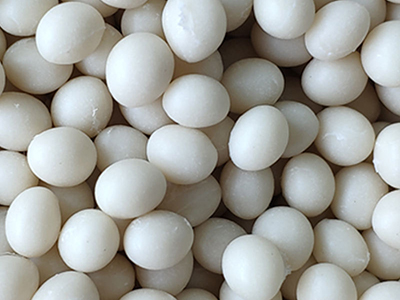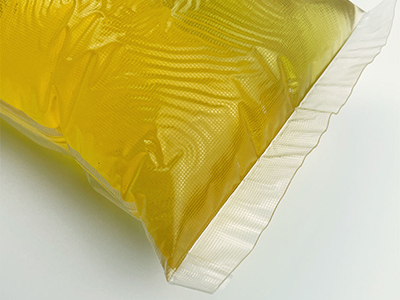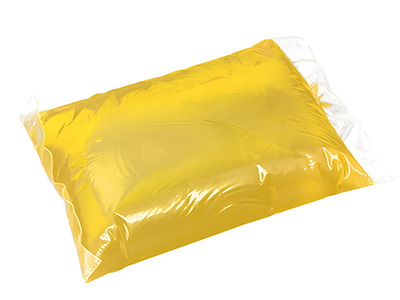Book binding is a crucial process in the production of high-quality books. The process involves securing the pages of a book together and attaching them to the spine or cover. Adhesives play an essential role in bookbinding as they hold the book’s pages and spine together. In this article, we will explore the industrial adhesives commonly used in bookbinding.
Hot Melt Adhesives (HMA) for Book Binding
Hot Melt Adhesives (HMA) are thermoplastic adhesives that are heated to a molten state before application. They are commonly used in bookbinding because they offer excellent adhesion to paper, cloth, and other substrates used in book production. HMAs are also water-resistant and can withstand high temperatures, making them ideal for bookbinding applications. The use of HMAs in bookbinding has increased in recent years due to their fast setting time, making them suitable for high-speed bookbinding production.
Polyurethane Reactive Adhesives (PUR) for Book Binding
Polyurethane Reactive Adhesives (PUR) are two-component adhesives that cure through a chemical reaction between the adhesive and moisture. They offer excellent adhesion to a wide range of substrates, including paper, cardboard, and cloth. PUR adhesives are ideal for bookbinding because they are strong, durable, and flexible. They also provide a permanent bond that can withstand heat, humidity, and aging.
Ethylene Vinyl Acetate (EVA) for Book Binding
Ethylene Vinyl Acetate (EVA) is a thermoplastic adhesive commonly used in bookbinding. EVA adhesives offer excellent adhesion to paper, cloth, and other substrates used in book production. They are also easy to use and have a fast setting time. EVA adhesives are ideal for perfect binding applications, where the pages of a book are glued to the spine with a flexible adhesive.
Animal-Based Adhesives for Book Binding
Animal-based adhesives are made from natural materials, such as bone, skin, and cartilage, and are commonly used in traditional bookbinding. These adhesives are ideal for restoration work on antique books, where they can be used to reattach loose pages and repair damaged spines. Animal-based adhesives are not as strong as synthetic adhesives but offer a natural-looking finish that blends well with the book’s materials.
In conclusion, industrial adhesives play an essential role in bookbinding, and choosing the right adhesive for your book production is crucial. Hot Melt Adhesives, Polyurethane Reactive Adhesives, Ethylene Vinyl Acetate, and Animal-Based Adhesives are some of the adhesives commonly used in bookbinding. Each adhesive has its unique properties and is ideal for specific bookbinding applications. By choosing the right adhesive for your bookbinding project, you can ensure that your books are durable, strong, and long-lasting.


